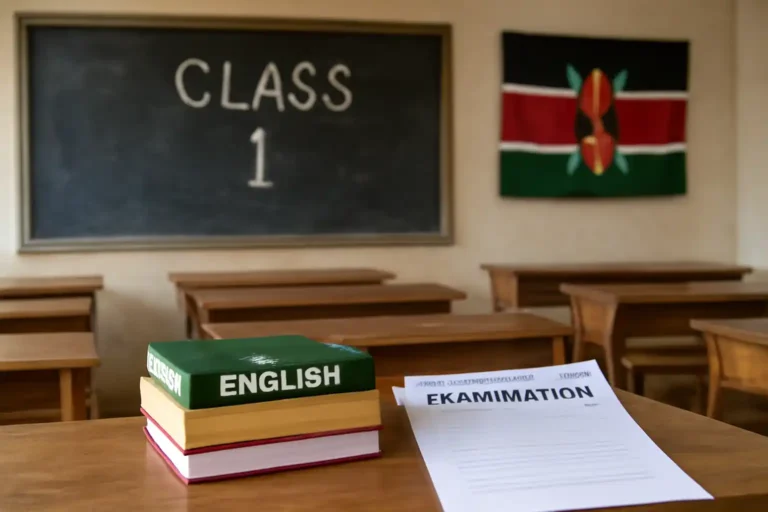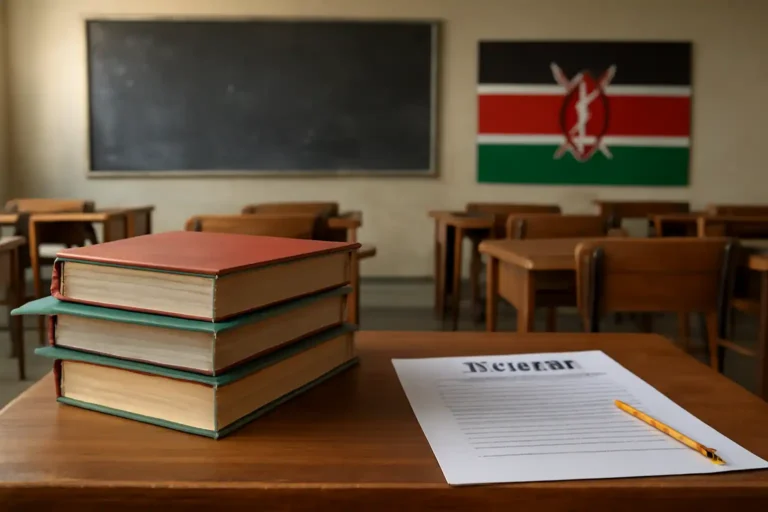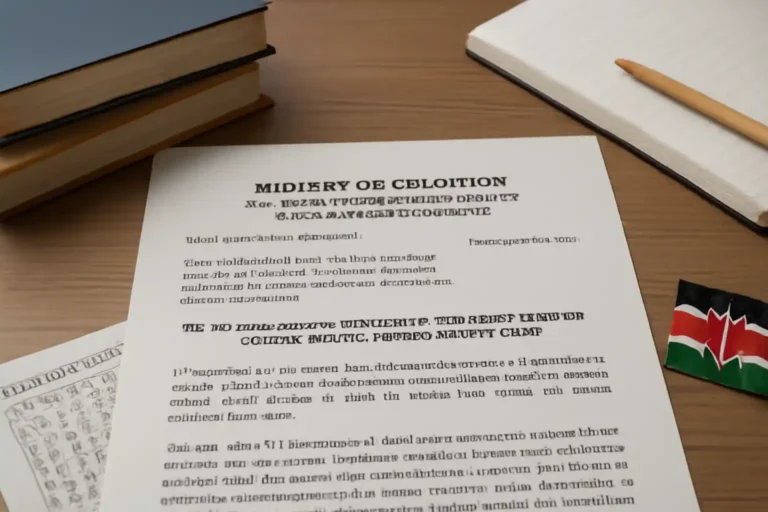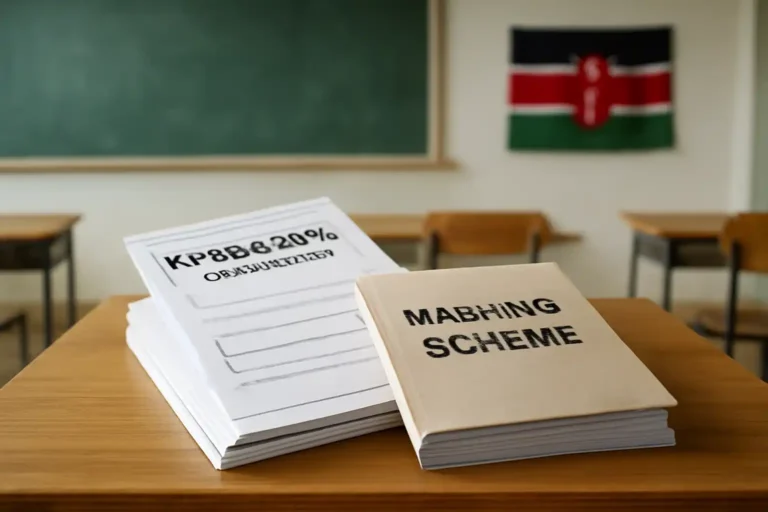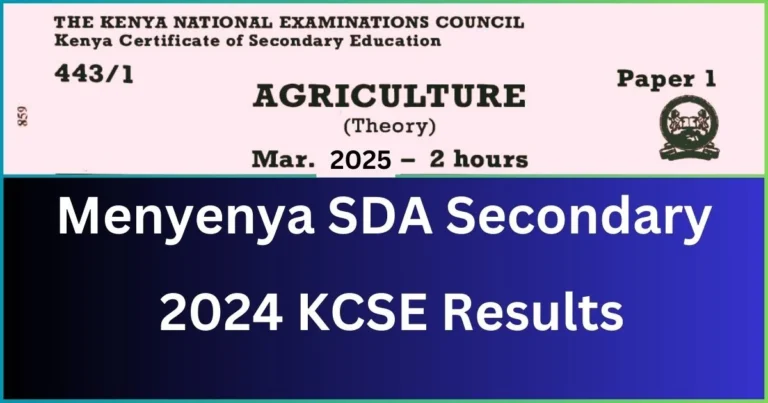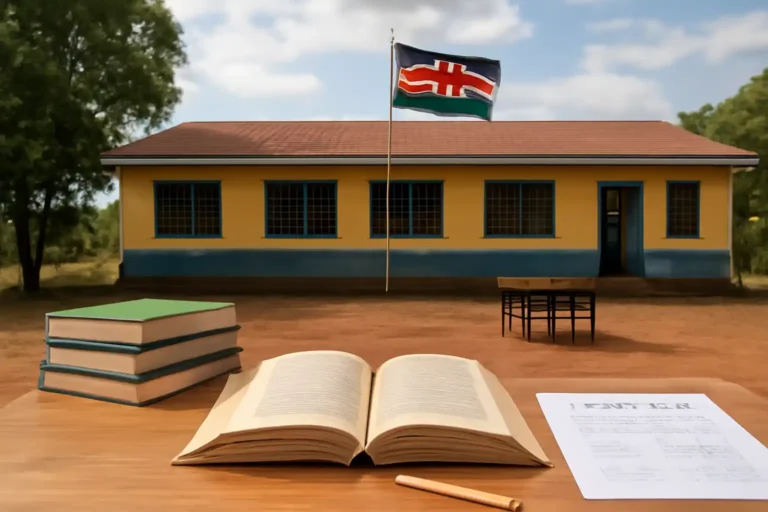Kenya’s CBC Transition to Senior Secondary School: A Guide for Teachers, Parents, and Students
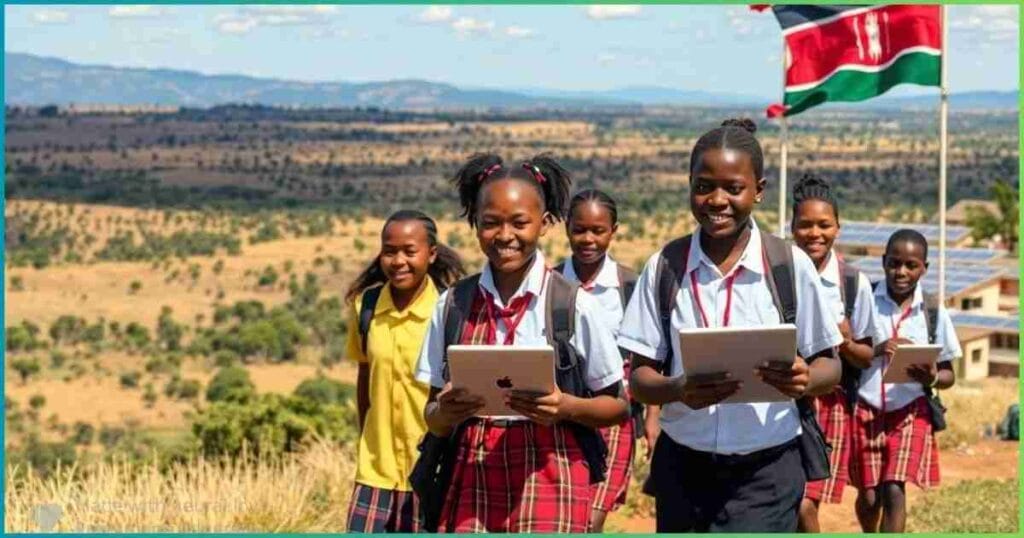
Kenya’s Competency-Based Curriculum (CBC) is reshaping education by focusing on learners’ strengths, interests, and equitable access to opportunities. As Grade 9 students prepare to transition to senior secondary school in 2025, understanding the placement process is crucial for teachers, parents, and students. This guide simplifies the CBC transition, covering assessments, career pathways, school selection, and stakeholder roles.
Key Takeaways
- Assessment Process: Placement depends on the Kenya Junior Secondary Education Assessment (KJSEA), which combines continuous assessments and final exams.
- Career Pathways: Students choose between STEM, Arts & Sports Science, or Social Sciences based on their interests and abilities.
- School Selection: Learners list 12 schools across preferred pathways while balancing ambition and practicality.
- Stakeholder Roles: Teachers guide choices, parents track progress, and students focus on consistent performance.
Understanding the Assessment Process
The Kenya Junior Secondary Education Assessment (KJSEA) is scheduled from October 27–November 5, 2025. It evaluates students through:
- 20% Kenya Primary School Education Assessment (KPSEA): Grade 6 results.
- 20% School-Based Assessments (SBAs): Continuous evaluations in Grades 7–8.
- 60% Summative Evaluation: Final Grade 9 exams.
Why It Matters:
- Teachers: Administer SBAs transparently to ensure fairness.
- Parents: Monitor your child’s academic journey from Grade 6 to Grade 9.
- Students: Consistency in assignments and exams is key to success.
Career Pathways: Aligning Interests with Opportunities
Students select one of three career pathways based on their strengths:
|
Pathway |
Focus Areas |
Ideal For |
|---|---|---|
|
STEM (60% slots) |
Science, Technology, Engineering, Mathematics |
Students excelling in sciences or technical fields. |
|
Arts & Sports Science (15% slots) |
Creative arts, performance, athletics |
Talented individuals in music, drama, or sports. |
|
Social Sciences (25% slots) |
Humanities, business studies |
Learners interested in law, education, or entrepreneurship. |
Tips for Stakeholders:
- Teachers: Help students assess their strengths and align them with pathways.
- Parents: Discuss career aspirations early to guide informed decisions.
- Students: Research pathway requirements and future opportunities.
School Selection: Strategic Choices for Success
Learners list 12 schools across their top three pathways:
- 1st-choice pathway: Select 7 schools.
- 2nd-choice pathway: Choose 3 schools.
- 3rd-choice pathway: Pick 2 schools.
Boarding vs. Day Schools:
- Boarding Schools (9): Four within the home county; five outside.
- Day Schools (3): Within the home sub-county/county.
Tips for Selection:
- Prioritize schools with strong programs in your chosen pathway.
- Balance ambition with practicality—consider proximity and competitiveness.
The Automated Admission Process
The Ministry of Education has simplified admission steps:
- Download Admission Letter: Access via education.go.ke or kemis.education.go.ke using the learner’s assessment number.
- Authentication: Submit the letter to the primary school headteacher for verification.
- School Verification: The admitting school principal confirms placement.
Note: Families without internet access can collaborate with schools for assistance.
Placement Considerations
The placement system balances merit, choice, and equity:
- Merit: KJSEA performance determines placement priority.
- Learner Choice: Preferences are respected within capacity limits.
- Quota System: Ensures regional balance and equity between public/private schools.
- Diversity Rule: Limits learners from the same junior school in one boarding school to five.
Special provisions include:
- Top STEM performers per gender/sub-county securing preferred boarding schools.
- Learners with special needs placed in schools equipped to support them.
Roles of Teachers, Parents, and Students
Teachers:
- Prepare students for SBAs and exams through targeted revision plans.
- Advocate for special needs learners during placement.
Parents:
- Stay informed about deadlines and requirements.
- Support your child’s pathway choice without imposing personal preferences.
Students:
- Focus on long-term goals—consistent performance opens doors!
- Seek mentorship from teachers or professionals in your desired field.
Challenges and Opportunities
While CBC promotes equity and talent development, its success depends on:
- Adequate resources for STEM programs and special needs learners.
- Bridging digital access gaps for families without internet connectivity.
- Continuous education of stakeholders about processes and deadlines.
Kenya’s CBC transition to Senior Secondary School empowers learners to take ownership of their educational journeys by nurturing innovators, artists, and leaders.


